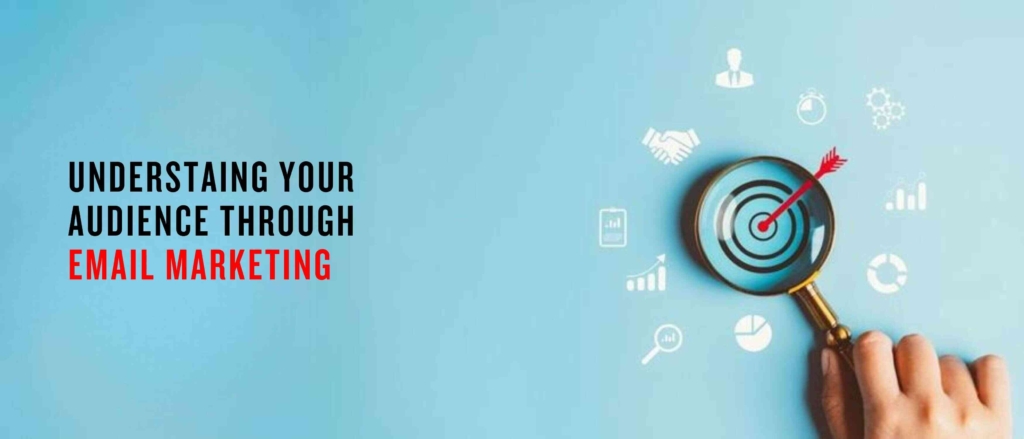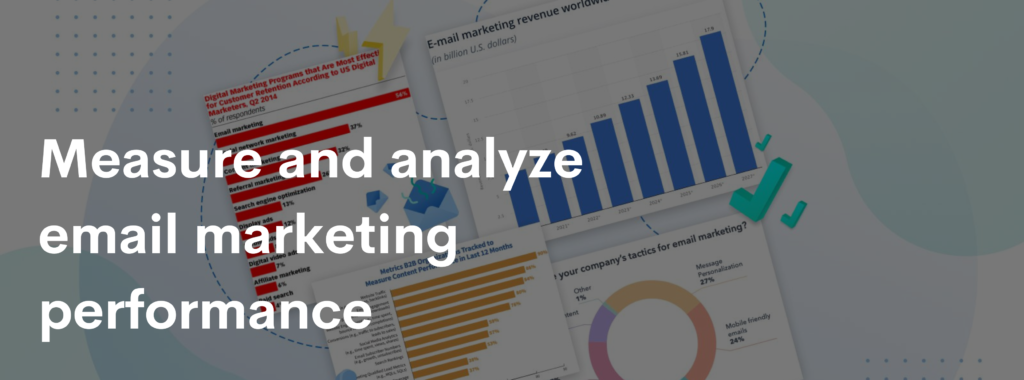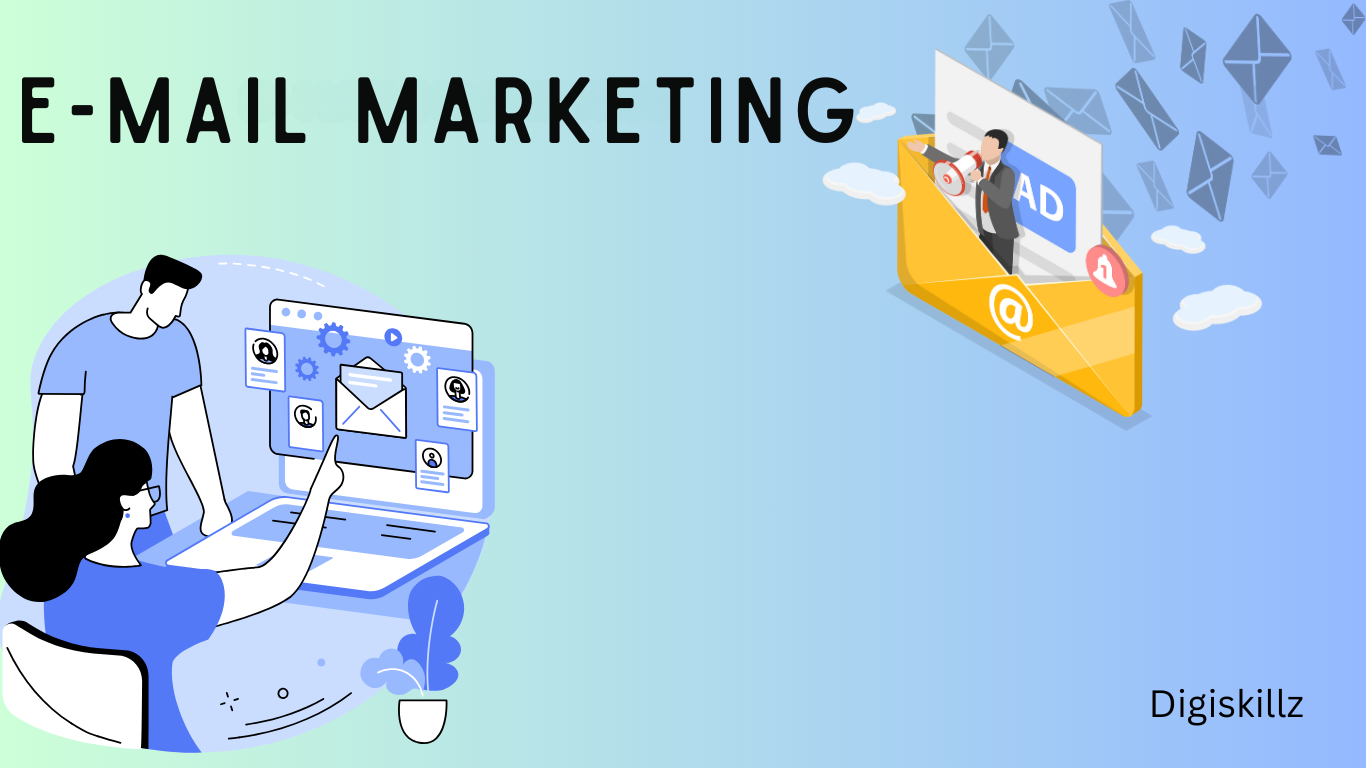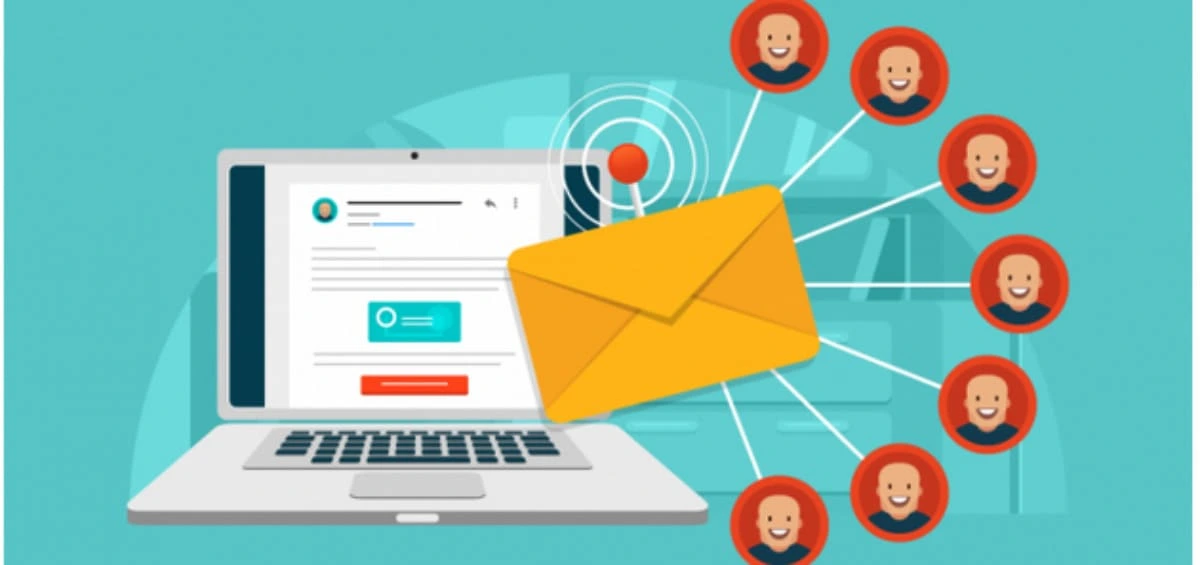Email Marketing is the process of sending emails to people to promote products or services, share news, or build relationships with customers. It helps businesses connect with their audience, keep them informed, and encourage them to take action, like making a purchase or signing up for more information.
Now, of course, you still need an excellent email marketing strategy to enjoy the full benefits of this marketing channel. You’ll learn five proven tips for increasing conversions in this article. Let’s get started!
Table of Contents
1.Understand your target audience
Understanding your target audience is the first step to successful email marketing. Knowing your audience better will help you write effective email messages.
But how do you achieve this? Identifying demographics such as age, gender, occupation, and income is the first step. Understanding your customers also requires you to put yourself in their shoes. Take on their perspective and feelings. Learn their needs and pain points as well.
Another way is to leverage Google Analytics, social media insights, and customer relationship management (CRM) software. This allows you to collect both customer information and behavior data.
Create buyer personas that incorporate all this information. When crafting marketing emails, you can use them as a guide.
Your email list can be easily segmented once you understand your audience. In list segmentation, your email list is divided into smaller, more specific groups based on criteria such as age, location, purchasing habits, or past email activity. Segmentation can help you send personalized content according to each customer segment’s interests and needs. We’ll talk about personalization later.

2.Build a quality email list
The best newsletter platforms will easily help you build your email list through sign-up forms and popups. However, you’ll need to take additional measures to secure high-quality leads. You may have the best email marketing campaigns, but if the people you’re sending your emails to aren’t interested, then your conversion rate will always be terrible. One of the first steps you should take is to build an email list of individuals genuinely interested in your brand and products. Here are some tips to help you create a high-quality email list:
- Offer lead magnets that align with your product offering. This ensures that only those likely to become paying customers will subscribe to your email list. For example, if you’re selling email marketing software, you can offer a downloadable email marketing guide in exchange for their email addresses.
Don’t offer an Amazon gift card. This will encourage even those who aren’t initially interested in your email marketing solution to sign up. - Utilize double opt-in forms to ensure that subscribers verify their email addresses before they are added to your contact list. This helps ensure that every email address you collect is valid and owned by real people genuinely interested in your offerings.
- Regularly clean your email list by removing inactive subscribers or invalid email addresses. This helps to improve your email deliverability and ensures that your messages reach an engaged audience who are more likely to respond positively to your offers. By building quality Using email marketing lists increases your chances of getting more people to open your emails, click on your links, and eventually become customers.

3.Create a compelling call-to-action
As soon as your email list is ready, your audience needs clear, concise instructions on what to do next. That’s where a call-to-action comes into play.
A compelling CTA will guide your subscribers to take the desired action. It could be a prompt to check out your latest product, sign up for a webinar, or simply visit your website.
Optimize your CTA by following these strategies:
- Make your CTA short and concise: A long-winded CTA can confuse your readers and dilute the urgency.
- Use action-oriented language: Use phrases such as ‘Shop Now’ or ‘Get Your Free Trial,’ or strong command verbs such as ‘Buy,’ ‘Register,’ ‘Subscribe,’ ‘Download,’ etc. To motivate recipients to click through, your language should create a sense of urgency.
- Avoid multiple CTAs: Don’t give your audience too many options. It might only confuse them.
- Experiment: Find out what your audience responds to by experimenting with different call-to-action buttons, color contrasts, sizes, and placements. Make them visually appealing, and place them prominently in your email.

4.Personalize email content
You can personalize email content in more ways than just adding your recipient’s name to the subject line. It’s about tailoring your email messages to the needs and preferences of your readers so they can take your desired action.
For this, you can use the audience persona you created to guide your email content creation. Personalize your emails according to the email segments you created as well. But don’t just stop there.
Automated emails can also be sent based on the actions of specific users. Using email marketing automation, for example, you can send a personalized discount offer to customers who abandoned their carts to entice them to finish their purchase.
Your email content should also be tailored to the buyer journey. At every stage of the buying process, send relevant emails. Subscribers still in the buying process can receive educational emails, for example. Meanwhile, hot leads will respond better to promotional emails, such as newsletters on discount offers and product demos.
For new customers, you can embed explainer videos and other tutorials into your emails. By understanding how your product works, potential customers can get maximum value out of it.
There are many tools you can use to create engaging videos and ensure effective email marketing campaigns. simple show’s AI-powered platform, however, stands out since it can help you transform text into beautiful animated videos in just a few minutes. It only takes a few questions about your topic for the platform to automatically create a video script for you. Using illustrations from its database, it creates a fully animated video when you click the visualize button. It’s also very simple to customize your video with brand colors, etc.

5. Measure and analyze email marketing performance
Checking and reviewing the campaign’s results is key to keeping up steady growth and making improvements. If you used explainer videos, as mentioned above, this is also where you track the performance of your video content. When you know what works and what doesn’t in your email campaigns, you can make the necessary adjustments. You can also create better future campaigns. Here are some common email metrics that are tracked:
- This indicates the percentage of recipients who opened your email. A low open rate might suggest issues with your subject line or the quality of your email list.
- Click-through rate (CTR): This shows your email engagement, ie : how many recipients clicked on a link in your email. If this number is low, your content may not be engaging or actionable.
- This tracks the percentage of recipients who completed the desired action. A low conversion rate could mean that your call-to-action is not compelling or your offer needs to be more attractive.
- Unsubscribe rate: This is the percentage of email users who opted out from subscriber lists after receiving an email. This might be due to irrelevant content or unwanted marketing emails.
Ultimately, the key metrics to track are those that align with your specific email marketing goals. Here is what I mean.
If you’re using email marketing to promote a webinar, you’ll track how many people click and register for it. For SaaS link-building outreach, you’ll focus on the open rate and the number of recipients who respond positively. And if you’re promoting a product, clicks, and conversions attributed to your email are probably your most important metrics. They’re the best way to monitor your email marketing’s ROI.
It’s also crucial to track these email marketing metrics over time and compare your results to industry standards.

Conclusion
Email marketing has an amazing ROI. But to have a successful email marketing campaign, you still need to use a good strategy.
This article looked at five tips you should follow to increase email marketing conversions. Get to know your target audience so you can create content that matters to them. Also, build a quality email list. You want subscribers who match your ideal customer profile.
Make sure your call-to-actions are compelling as well. The email content itself should be personalized to each recipient. As a final tip, track and evaluate your results. Then, use those insights to tweak your campaigns accordingly.
Remember, there is no one-size-fits-all email marketing strategy. Follow these email marketing tips, and keep testing, adjusting, and improving. That way, you’ll achieve the best results.





Leave A Comment